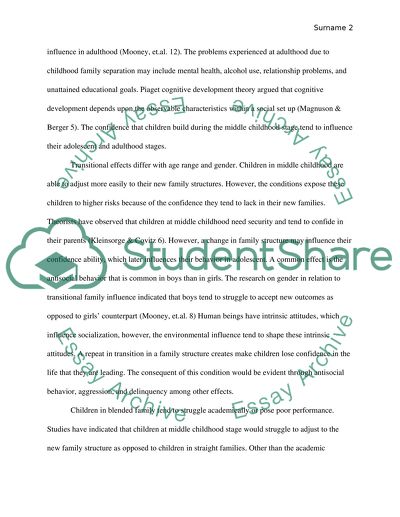Cite this document
(“The Effects of Blended Families during Middle Childhood Research Paper”, n.d.)
The Effects of Blended Families during Middle Childhood Research Paper. Retrieved from https://studentshare.org/psychology/1451344-the-effects-of-blended-families-during-middle
The Effects of Blended Families during Middle Childhood Research Paper. Retrieved from https://studentshare.org/psychology/1451344-the-effects-of-blended-families-during-middle
(The Effects of Blended Families During Middle Childhood Research Paper)
The Effects of Blended Families During Middle Childhood Research Paper. https://studentshare.org/psychology/1451344-the-effects-of-blended-families-during-middle.
The Effects of Blended Families During Middle Childhood Research Paper. https://studentshare.org/psychology/1451344-the-effects-of-blended-families-during-middle.
“The Effects of Blended Families During Middle Childhood Research Paper”, n.d. https://studentshare.org/psychology/1451344-the-effects-of-blended-families-during-middle.


